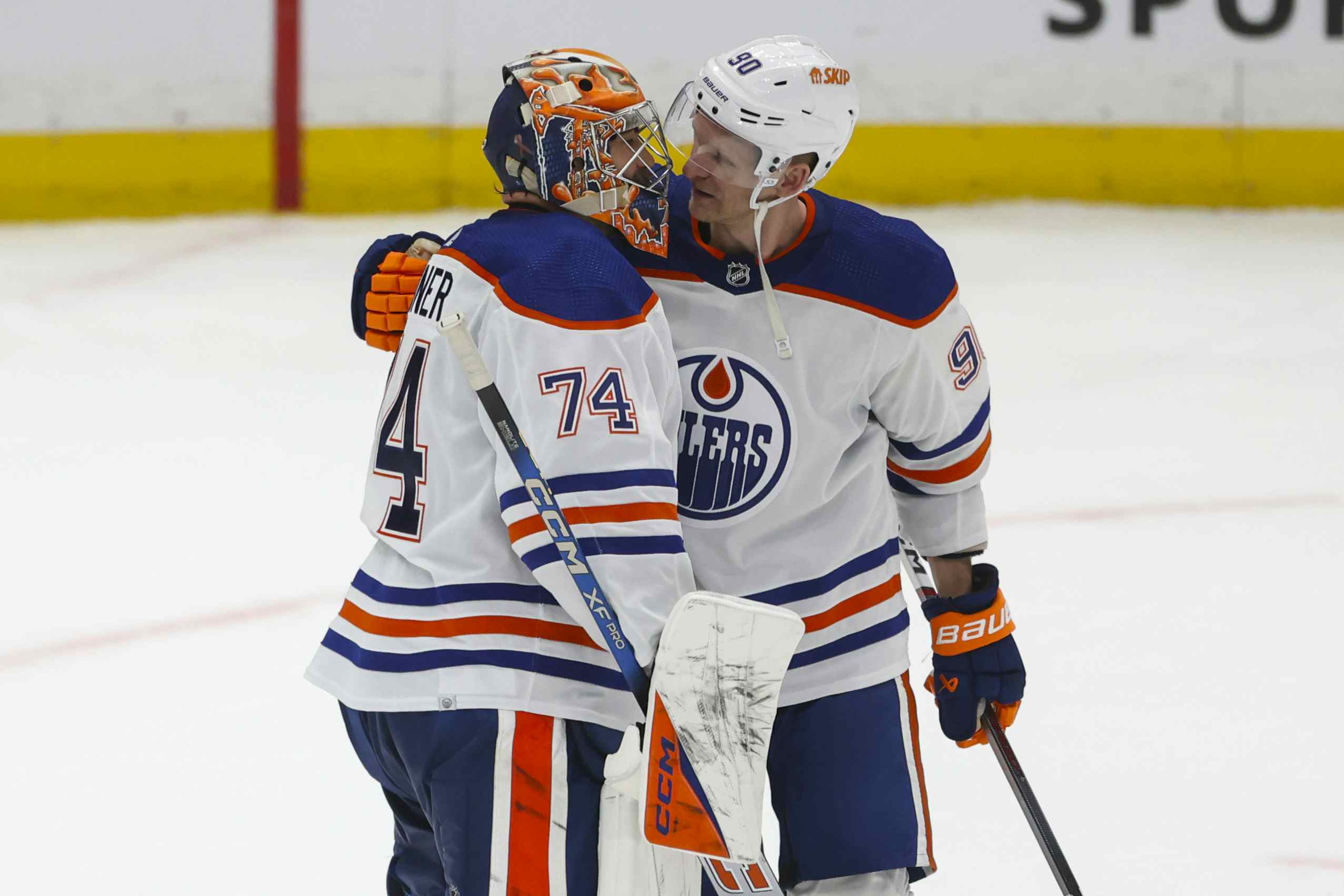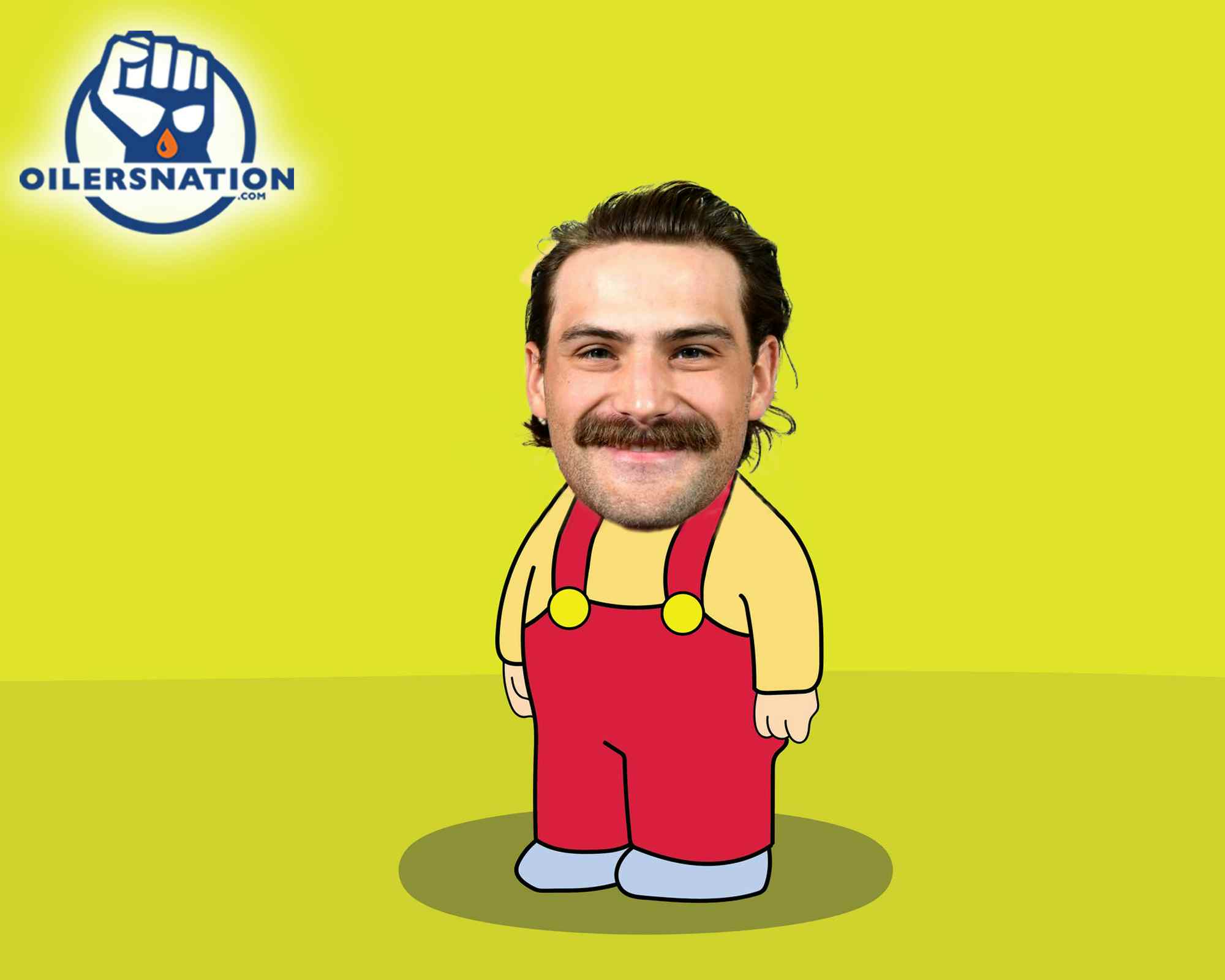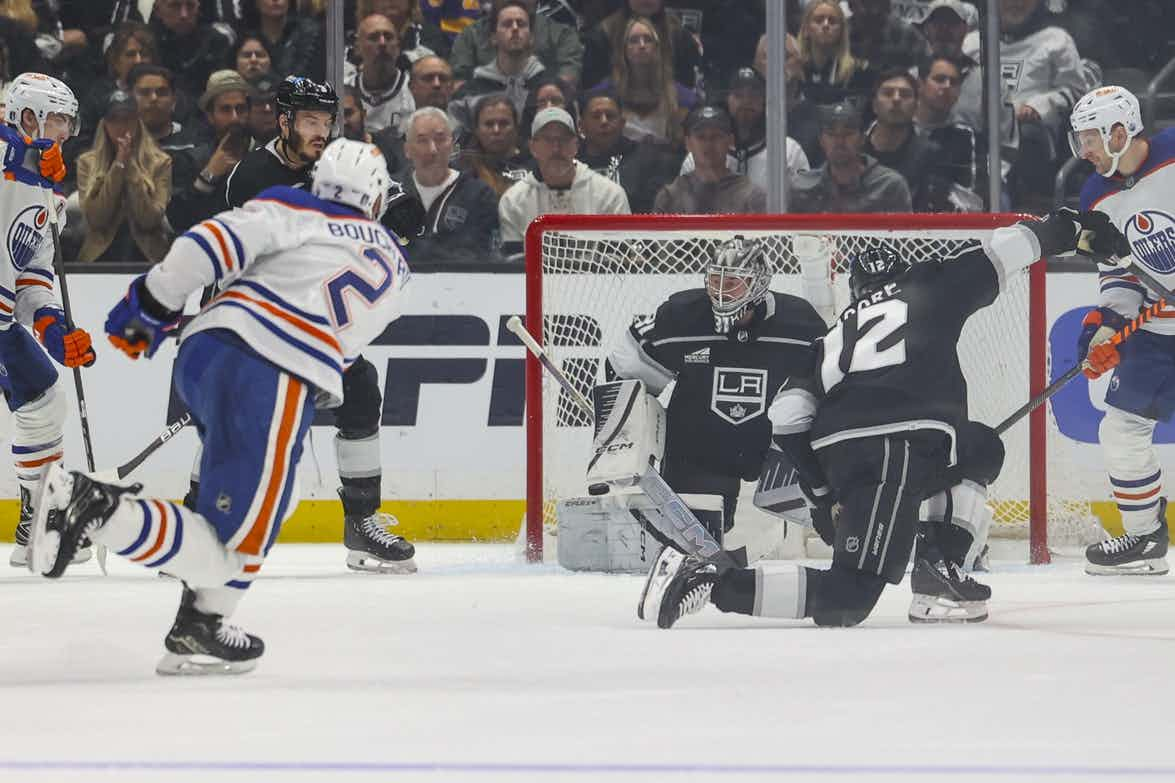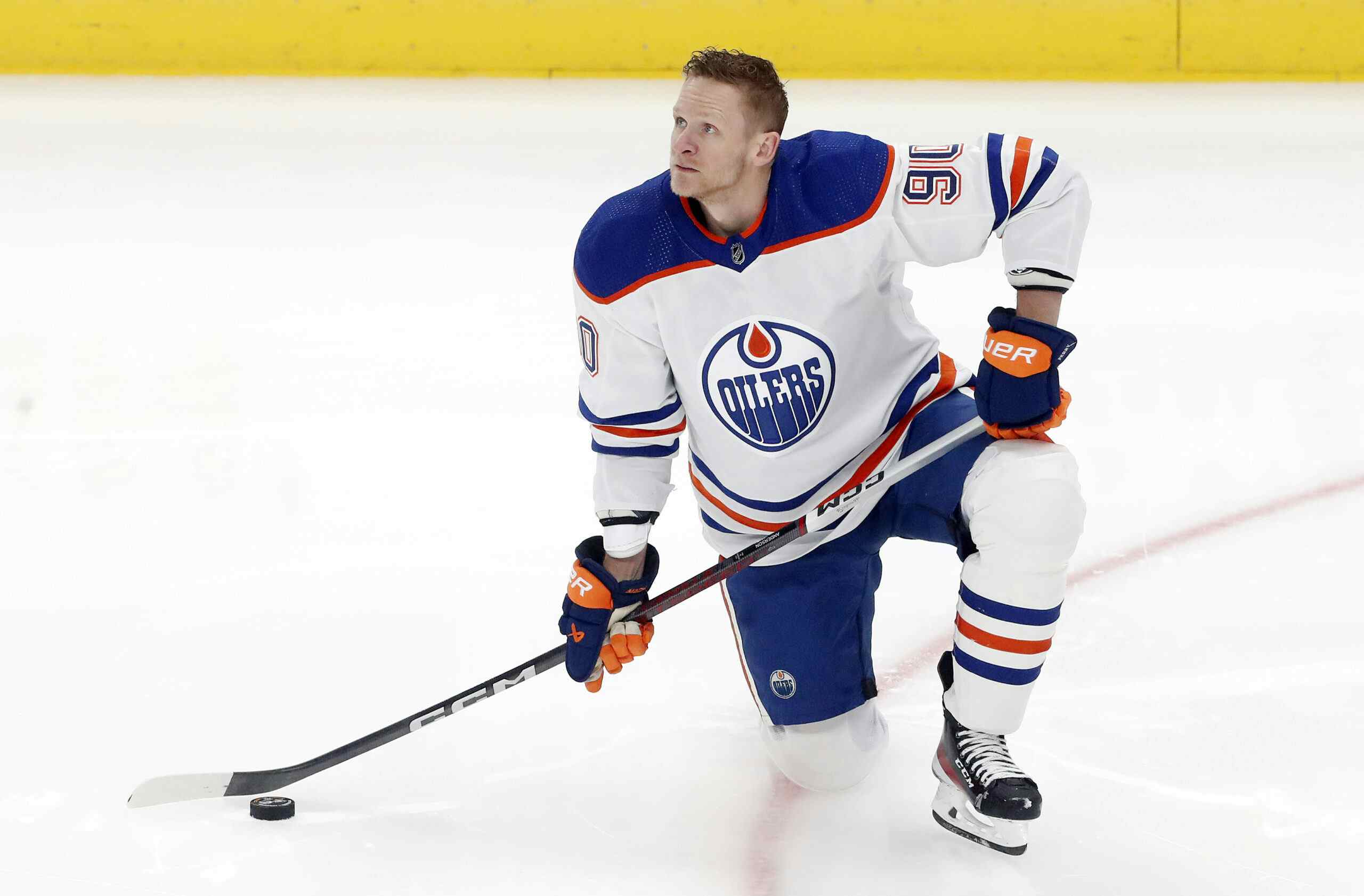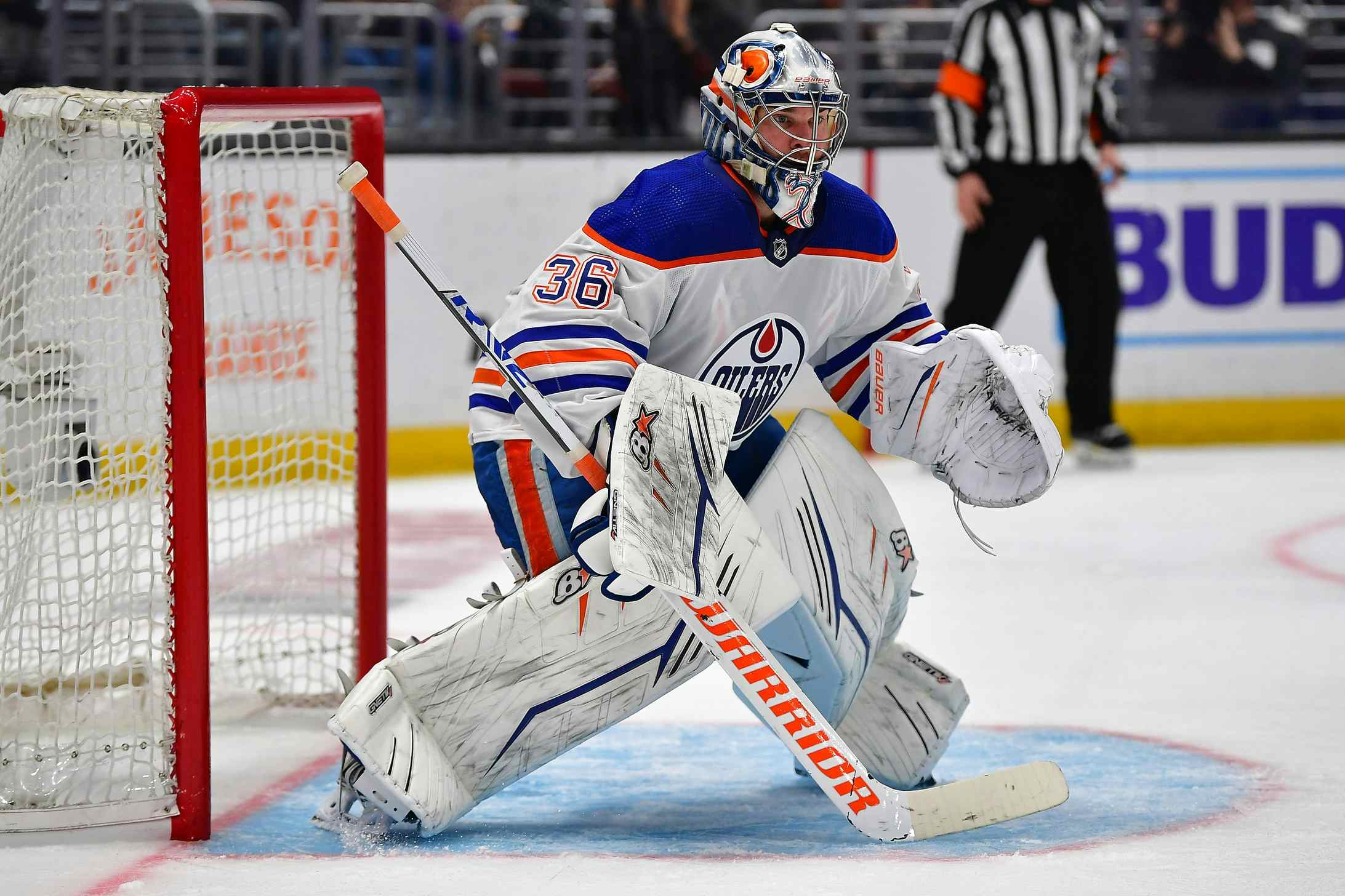Bouchard’s Bonus Structure
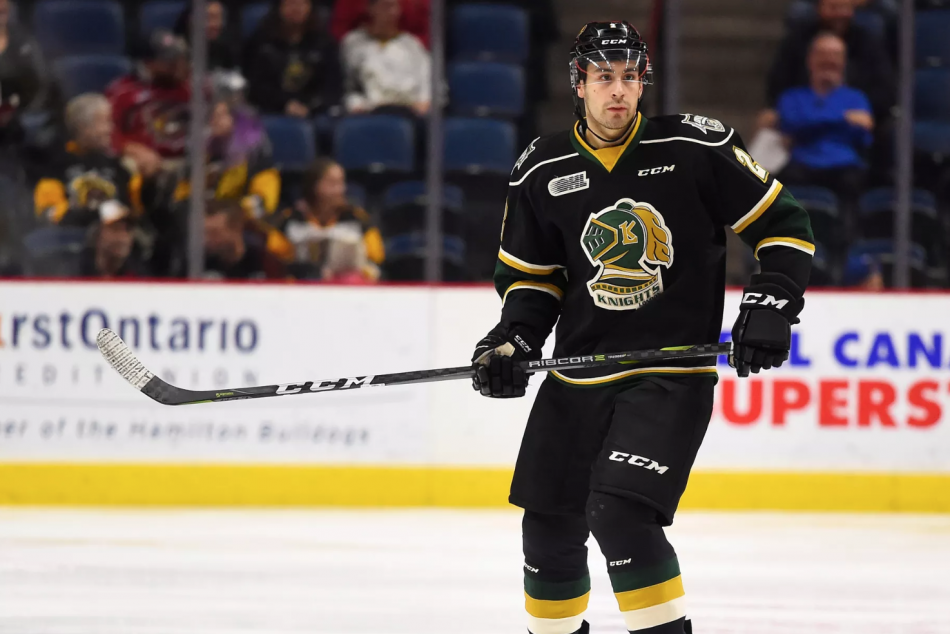
By Jason Gregor
5 years agoEvan Bouchard signed his first NHL contract yesterday. It was the standard three-year entry-level contract with a $925,000 base, which is the norm for first round picks.
However, the bonus structure of his deal is interesting and suggests the Oilers believe he has a pretty good chance to make their team.
Bouchard doesn’t have any “B” bonuses, which isn’t surprising, considering Darnell Nurse and other defenders selected outside the top-five did not have “B” bonuses either. The “B” bonus is the massive bonus. Connor McDavid’s was $2 million and it would kick in if he achieved just ONE of the following: Top-ten in either goals, assists, points or points-per-game, or if he was top-five in the Hart, Selke or Richard trophy, or was a first or second team all-star. He achieved all of these the past two seasons. In case you’ve been in a coma, he’s really good.
Bouchard’s “A” bonuses are interesting. He has a different bonus structure in 2018/2019 than he does in the following two seasons.
This coming season he may not earn more than $500,000 in total aggregate “A” Bonuses. The final two years of his contract he can max out his “A” bonuses at $850,000, which is the maximum any player can receive.
This coming season he’d have to reach three of the following bonuses to pocket $500,000 (he will receive $212,500 for each bonus):
- Top four in Ice Time (TOI) (aggregate and/or per game) among defencemen (minimum 42 GP)
- Ten goals
- Twenty five assists
- Forty points
- .49 points per game (minimum 42 GP)
- Top three in +/- among D-men (minimum 42 GP)
- Top two in blocked shots among D-men (minimum 42 GP)
- NHL All-Rookie Team
- Selected to play or plays in NHL All-Star Game
- NHL All-Star Game MVP
Essentially, he would only receive $75,000 on the third bonus, because he’d have made $425,000 on the first two and can only max out at $500,000 this season (or next season if his contract slides and he returns to junior).
The lower bonus maximum in season one is somewhat unique, and could be interpreted two ways. The Oilers feel he has a good chance of making the team this year, and with them being so close to the cap they want to minimize their bonus overages. Jesse Puljujarvi and Kailer Yamamoto are the only other players who have bonuses, and Yamamoto’s maximum bonus is $230,000 while Puljujarvi has $850,000 in “A” bonuses and $1.65 million in “B” bonuses, but he won’t hit them. He’d need to be top-ten in the NHL in goals, assists, points or points-per-game.
Bouchard being limited to $500,000 in his first season illustrates the Oilers might believe he could make the team and contribute. It is difficult to say how realistic his chances of making the team are at this point, but we do know the Oilers would love a right-shot, puck moving defender who could help on the powerplay.
Is Bouchard ready? I don’t know, and I’m not sure anyone does until they see him in the preseason.
COULD HE REACH A BONUS?

Jun 22, 2018; Dallas, TX, USA; Evan Bouchard puts on a team jersey after being selected as the number ten overall pick to the Edmonton Oilers in the first round of the 2018 NHL Draft at American Airlines Center. Mandatory Credit: Jerome Miron-USA TODAY Sports
Even if he makes the team and stays on the roster all season, could he hit three bonuses?
I’d safely say there is no chance he makes the All-star team or wins MVP. Only three D-men in the Pacific division make the AS game. So that leaves eight potential bonuses he could reach.
Last season, rookie defenceman Will Butcher had 39 assists, 44 points, a 0.54 points/game, was top-three in +/- for the Devils and made the all-rookie team. He maxed out at $850,000 on his “A” bonuses.
Charlie McAvoy also maxed out his bonuses in assists, PPG, +/-, TOI and making the all-rookie team.
Mikhail Sergachev reached three bonuses with assists, points and PPG. He missed his goal bonus by one.
Sergachev was 19 years old, McAvoy was 20, while Butcher was 22.
And prior to last season we have seen others reach their bonuses as well.
In 2014 Torey Krug tallied 14-26-40 and had a 0.51 PPG.
In 2015, Aaron Ekblad produced 12-27-39 with a 0.48 PPG. (John Klingberg produced 11-29-40 with a 0.62 PPG, but he didn’t have bonuses in his contract).
In 2016, Shayne Gostibehere scored 17-29-46 with a 0.72 PPG.
In 2017, Zack Werenski produced 11-36-47 with a 0.60 PPG. Brady Skjei had a $425,000 max and hit it with 34 assists and a 0.49 PPG.
Ekblad was 18, Werenki was 19 while Gostisbehere, Klingberg, Skjei and Krug were 22.
Can Bouchard produce at 19 like Werenski, Sergachev and Ekblad? It is possible, but producing big numbers as a 19-year-old defender is very difficult.
Bouchard will get an opportunity in the preseason, and I’m guessing a few games early in the regular season to show he is capable of contributing at the NHL level. And while much of the focus will be on his point production, he will need to show he is capable of defending if he plans to stick past nine games.
I think the bonus structure in his contract suggests the Oilers believe there is a chance he could help them this season, which is why they lowered his bonuses.
**Bouchard will be my guest today at 2:20 p.m. MST on TSN 1260.***
Recently by Jason Gregor:
Recent articles from Jason Gregor

